What Is Underwater Concrete?
Important Point
Underwater concreting is a form where underwater concrete is a construction material widely used in certain forms of structural engineering projects.
In every other building in which the lower parts of the buildings are expected to remain underwater, underwater concrete should be used.
Advantages of Underwater Concrete
- Makes construction as well as excavation in a challenging atmosphere.
- Offers an innocuous workplace environment.
- Sheet piles become simple to construct and then uninstall.
- Materials may typically be utilized on certain programs.
Disadvantage of Underwater Concrete
- Quickly rising water will expel a scour gap, but this is one of the primary contributors of the bridge collapse.
- Cracking, scaling, crazing including potting are quite popular in concrete.
- Rebar is steel reinforcing bars that have been actively mounted only within concrete and experience corrosion.
- Concrete bent, flattened, or stacked up due to lack of proper implementation including environmental conditions.
Application of Underwater Concrete
- Bandra Worli Sea Link, Mumbai, where underwater cement is utilized.
- Pamban Setu, Rameswaram.
- Sardar Sarovar Dam.
- Salem Hydro project, Salem, Andhra Pradesh.
Underwater cement is utilized.
- Hydro projects.
- Marine development.
- Metro projects.
- Repair of underwater concrete (solid tanks, dams, and water-driven designs).
Also, Read: Top 10 Water Tank Brands in India
Can Concrete Cure Underwater?
Concrete may cure underwater often effectively than that in the atmosphere. That occurs as the fragments of cement hydrate. Cement chemically reacts with water and binds sand and gravel respectively. One such method of curing requires about a couple of weeks and allows the cement to be patched.
As concrete is sprayed underwater, several of the components responds to create an exterior layer of water. Such covering stops an amount of moisture from soaking in or, worst, further diluting the cement.
After this, a further substance in the concrete responds at a slightly slower pace which brings it to its ultimate toughness 28 days later.
Although most people are agreeing that perhaps the cause of concrete fixes is that even the water is blended with evaporation, that’s not entirely true. Cement sets are due to the chemical reaction that takes place.
Afterward, much of the extra water has been used up by interacting with substances inside the cement to create fresh.
As concrete settles, it just doesn’t dry on its own, because that will disrupt the chemical reaction. This is why concrete which is submerged appears to be heavier than its equivalent which is in the air.
That being said, with non-hydraulic cement types, they use lime as well as gypsum plaster as binders is true. its method of curing relies on the evaporation of moisture. This forms of cement are suitable for special tasks such as historical preservation.
How Do They Pour Concrete Under Water?
If conditions require concrete to be installed underwater, any attempt must be taken to ensure consistency of positioning in between design segments.
Puddling or indeed any amount of physical disruption must be cautiously stopped as soon as the concrete has been in position and also any step taken must be made to eliminate segregation. Tremie has been the most popular way of treating concrete underwater.
The tremie generally comprises a vertical steel shaft, covered by a hopper, broad enough just to enter the lowest level of the underwater excavation from its work surface well above water.
Through this method, the steel tubing, with such a watertight sealing always at the top, is positioned only at the base of the excavation. Based on the level, the pipe is packed or partly filled by concrete.
Therefore the pipe is softly elevated around six inches to make the concrete start coming up across the tube. In proper positioning of the tremie, a sealing is being used to close the pipe until the concrete is placed.
Useful Article for You
- What Is Composite Wood
- What Is the Difference Between a Shower Pan and a Shower Base?
- What Is Raft
- What Is a Window Panel
- What Is Rebar Made Of
- What Is Crane
- What Is a Frame Structure
- What Is the Measurement for a Queen Size Bed
- What Is Considered Livable Space
- What Is One Way You Can Save Electricity?
- What Is Mdf Mean
- What Is a Bundle of Shingles
- What Is a Gallon of Water Weigh
- What Is Window Sash
- What Is a Sieve Analysis
- What Is the Little Black Diamond on a Tape Measure
- What Is the Difference Between a Bolt and a Screw?
- What Is Overhang
- Does Concrete Have Lime in It
- What Is Sand Blasting
- What Is a Walk in Basement
- What Is Quarrying
- What Is a Concrete Slump Test
- What Is a Weir
- What Is Road Made Of
- What Is a Cantilever?
- What Is a Contour
- What Is a Rolled Curb
As when the tremie is dropped to the base of the mold, the water pressure maintains the sheet firmly in place. The pipe as well as the tremie are then packed.
The retention wire of it’s plate shall be released whether it is individual or extracted if it is multiple, and also the tremie shall be elevated roughly 4 to 6 inches again from the bottom of the form, enabling the concrete to flood into position.
Any appropriate plug can indeed be established by pressing an inflatable rubber ball only to the top of the container. The ball is driven back either by the pressure of the concrete. The benefit of using a ball also for plug would be that it would rise to the surfaces after exiting the shaft.
Stoppages throughout tremie placement will create tremendous difficulties and any attempt should be taken to predict and stop them.
The primary reasons of the stoppage seem to be. the pipe diameter would be too short since this mixture eventually creates a bridge over the pipe walls; the shipping time is prolonged so the mixture within the pipe starts to stiffen.
The mixture is too rough or too solid, making plastic flow difficult; poor aggregate grading but, in specific, inadequate fines; the lubrication surface on the pipe walls is destroyed as well as binding occurs.
Pouring Concrete Underwater
Pouring concrete under water, there are two different methods as follows.
- Caissons.
- Cofferdam.
1. Caissons
Caissons is indeed a watertight supporting framework and durable in existence used for the bridge pier, the construction of concrete dams, or the maintenance of ships.
It’s also built-in a really manner that the water could be drained and the underwater concrete holds the work place safe.
2. Cofferdam
This is a short-term structure & installed inside a body of water or even in a dock, the enclosed area allows pumping as well as a dry workplace environment.
Cofferdams are typically fastened structural steel including sheet piles including cross brace elements. Two cofferdams are usually installed for the dam building, one upstream and one downstream.
Concrete Placing Methods
Concreting under water methods, like underwater concrete methods, are often intended to prevent concrete from being washed. Such techniques did not have the complete function of preventing cement washing at the initial stages of usage underwater concrete, except in situations when significant amounts of concrete were used.
However, more modern methods may have been used to accomplish the goal of avoiding washing it out concrete.
- Tremie method.
- Pumping technique.
- Hydro valve method.
- Pneumatic valve method.
- Skip method.
- Tilting pallet barge method.
- Preplaced aggregate concrete.
- Toggle bags method.
- Bagged concrete method.
Tremie Concrete Placement
- Underwater concrete when using the tremie process is ideal for pouring vast volumes of high-flowing concrete.
- The concrete is transferred to the tremie by either pumping, belt conveyor, and skips.
- The Tremie tubing, which will have the top range attached to the tremie and the lowest levels constantly immersed in fresh concrete, is being used to put concrete only at the exact situation of the tremie at the bottom.
- The justification for immersing the lower part of the tremie pipe would be to avoid the intermixing of both concrete as well as water.
Underwater Concrete Method Using the Tremie Process:
There seem to be a variety of considerations that should have been recognized mostly during the Tremie pipe technique for underwater concrete:
Tremie Equipment
The tremie pipe might be configured in three different ways such as constant length that is raised during concreting, pipe with different sections which dismantled during concreting and telescope pipe.
Aluminum alloy pipes can have a detrimental effect on the concrete due to reaction among them and should thus be prevented. The pipe must have an appropriate diameter to avoid blockage due to the overall size.
The normal diameter would be between 200 to 300 mm that might be used rarely between 150 mm as well as 450 mm, although the aggregate size must be regarded for instance 19 mm as well as the aggregate size of 40 mm is smaller for pipe diameter of 150 mm and 200 mm respectively.
Useful Article for You
- Cut Washer Vs Flat Washer
- Soil Stacks
- How Much Does a Yd of Concrete Weigh
- Silt Vs Clay
- Gray Green House
- Identify the Zero-Force Members in the Truss
- Bridge Pier
- Monolithic Concrete
- Wall Panel Bathroom Ideas
- Construction Companies in America
- How Bridges Are Made
- Density of Concrete G Cm3
- Concrete Wall Treatment
- Standard Us Brick Size
- Drywall Ceiling Repair Cost
- Micropile
- Suspension Bridge Strengths
- Types of Plumbing Fixtures
- Red Brick Black Shutters
- Weight of Concrete Slab
- How to Build a Fence with Metal Posts
- How to Get Blood Out of Wool Carpet
- Isometric View
- Front Doors on Brick Houses
- Screed
- Pier and Beam Foundation
- Weep Holes
- Average Door Height
- Wall Putty
- Flight of Stairs
- Cost to Pump Septic Tank
- What Colors Keep You Awake
- How to Build a Lean-to Off a Garage
- Best Building Stone
- Bitumen Road
Tremie Seal
To stop intermingling water and asphalt in the pipe, the edge of the pipe is capped with a wooden plate plug. Which stops the water from entering the conduit and leaves it dry.
Because after the pipe reaches its desired location, the mixture is placed as well as the lock is broken. Which concrete spills out from the pipe and forms a seal by collecting at the bottom end of the pipe.
Placing Concrete for Termine
As often as its concrete has begun, the pipe mouth can be immersed up about 1 to 1.5 m in the concrete mix to stop moisture from penetrating the pipe. The rate of concrete flow is regulated by dropping.
But increasing the pipe and then lowering or rising the concrete leakage implies the failure of the seal, and as such the flow of concrete must be controlled constantly and cautiously.
Flow Pattern for Termine
Two different types of flow patterns are known, namely the layered as well as bulging. The bulging flow is preferred as it pushes the concrete evenly, leading to less laitance deformation with flatter slopes.
Steps Underwater Concrete Repair
Steps underwater concrete repair are as follows.
- Repair of surface spalling.
- Large-scale reconstruction of underwater reinforced concrete.
- Pre-positioned aggregate concrete.
- Injection procedure for underwater reconstruction of a concrete structure.
- Gunting for the underwater restoration of a concrete structure.
- Steel sleeve underwater concrete restoration procedure.
Underwater Concrete
Underwater concrete is used where concrete needs to be installed below the water line. Care should be taken to minimise disruption of the concrete, as this can cause washout of fine and cement material especially in running water due to the risk of mixing further water into the mixed concrete.
What Is Underwater Concrete?
Underwater concrete was specially designed to enhance constructability and performance in water environments. It can be characterized by the concrete resistance to washout, segregation, and bleeding and is affected by the mix proportioning, aggregate shape and gradation, admixtures, vibration, and placement conditions.
Advantage of Underwater Concrete
It allows construction and excavation in a poor environment. It provides a harmless environment for working. Sheet piles are easy to install and remove. The material can usually be reused on other projects.
Disadvantage of Underwater Concrete
- Rapidly rising water can eject the scour hole & it is one of the main fundamental causes of bridge failure.
- Cracks, scaling, crazing, and potting are very common in concrete.
- Rebar is steel reinforcement bars that are passively located within the concrete, they undergo corrosion.
Application of Underwater Concrete
The use of this admixture has helped with the underwater concreting construction. Using such admixture in underwater concreting is now relatively easy, and greatly improves the quality of concrete. The usage of this admixture gradually becomes popular in this field.
How Do They Pour Concrete Under Water?
The most common method of handling concrete underwater is by tremie. A tremie consists essentially of a vertical steel pipeline, topped by a hopper, and is long enough to reach from a working platform above water to the lowest point of the underwater formwork.
Pouring Concrete Under Water
The biggest issue with pouring concrete underwater is movement. If the water is moving, it can wash away the cement paste that’s holding the sand and gravel together. But if the water is calm, then it’s not a problem at all. You can prove this to yourself by doing a small experiment.
Concrete Placing Methods
- Batching and Mixing.
- Transportation.
- Pumping.
- Placement of Concrete.
- Special Placement.
- Consolidation.
- Casting in Lifts.
- Finishing Concrete.
Tremie Concrete Placement
Tremie concrete refers to placement by gravity feed from a hopper through a vertical pipe extending for above the surface to the underwater floor. As concrete flows from the bottom of the pipe, more is added to the hopper so that the tremie pipe is continuously charged with fresh mix.
Can Concrete Cure Underwater
Concrete can dry underwater even much better than it does in air. This happens when cement particles hydrate. The cement reacts chemically with water, binding together the sand and gravel. This curing (hardening) process takes almost a month and causes the concrete to set.
How to Underwater Concrete Repair?
- A flush damaged region with fresh water completely.
- Apply a bonding coat.
- Apply the repair mortar before the coat is set.
- Apply a curing membrane to the applied repair mortar.
- Protect the repaired area against wave action until it hardened adequately.
Underwater concrete in Bleeding
Underwater concrete containing anti-washout admixture retains more of the mixing water. Because the normal amount of admixture used is more than double the amount required to prevent bleeding, thus very little bleeding occurs in anti-washout underwater concrete.
Concreting in Water
The biggest issue with pouring concrete underwater is movement. If the water is moving, it can wash away the cement paste that’s holding the sand and gravel together. But if the water is calm, then it’s not a problem at all. You can prove this to yourself by doing a small experiment.
Concrete Placement Methods
- Step 1. Batching and Mixing.
- Step 2. Transportation.
- Step 3. Pumping.
- Step 4. Placement of Concrete.
- Step 5. Special Placement.
- Step 6. Consolidation.
- Step 7. Casting in Lifts.
- Step 8. Finishing Concrete.
What Is a Tremie?
A tremie is a watertight pipe, usually of about 250mm inside diameter, with a conical hopper at its upper end above the water level. It may have a loose plug or a valve at the bottom end.
Concrete Under Water
Concrete for underwater use has its challenges. The biggest issue with pouring concrete under water is movement. If the water is moving, it can wash away the cement paste that’s holding the sand and gravel together. Then get a bag of regular concrete from a hardware store or home center. Mix it up per the instructions so it’s all wet, but quite stiff.
Like this post? Share it with your friends!
Suggested Read –
- Concrete Mixtures
- What Consistency Should Concrete Be
- What Is Dressing of Stone | Types of Dressing of Stone
- Floating Slab Vs Monolithic Slab | What Is Monolithic Slab | What Is Floating Slab
- RCCFull Form | What Is RCC | Advantages & Disadvantages of Reinforced Cement Concrete | Properties of RCC | What Does RCC Stands for
- What Is a Cavity Wall | How to Build a Cavity Wall | Cavity Wall Detail | Cavity Wall Thickness | Cavity Wall Insulation Pros and Cons | Brick Cavity Wall
- What Is Oblique Drawing | Oblique Drawing Examples | What Is Oblique View | Oblique Projection | Oblique Shape | Cabinet Oblique | What Is Cavalier Drawing
- Which of the Following Is a Way That Slopes Fail | Types of Slope Failure | Geotechnical Failures | Types of Slopes in Geography | Causes of Slope Failure | Slope Stability
- What Is Pier and Beam Foundation | Advantages & Disadvantage of Pier and Beam Foundations | Pier and Beam Foundation Design | How to Build a Post and Pier Foundation
Originally posted 2023-08-25 18:05:56.
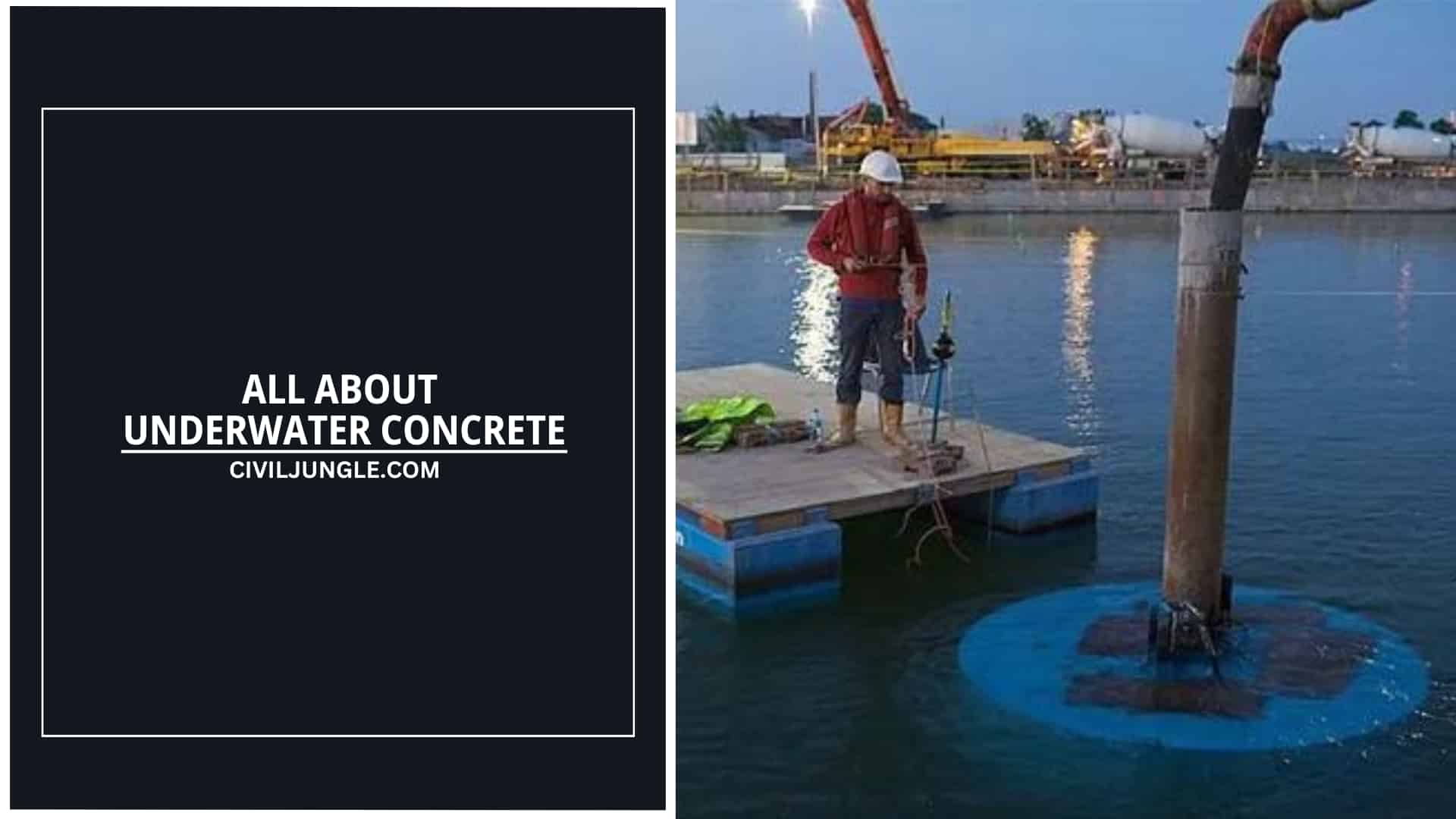
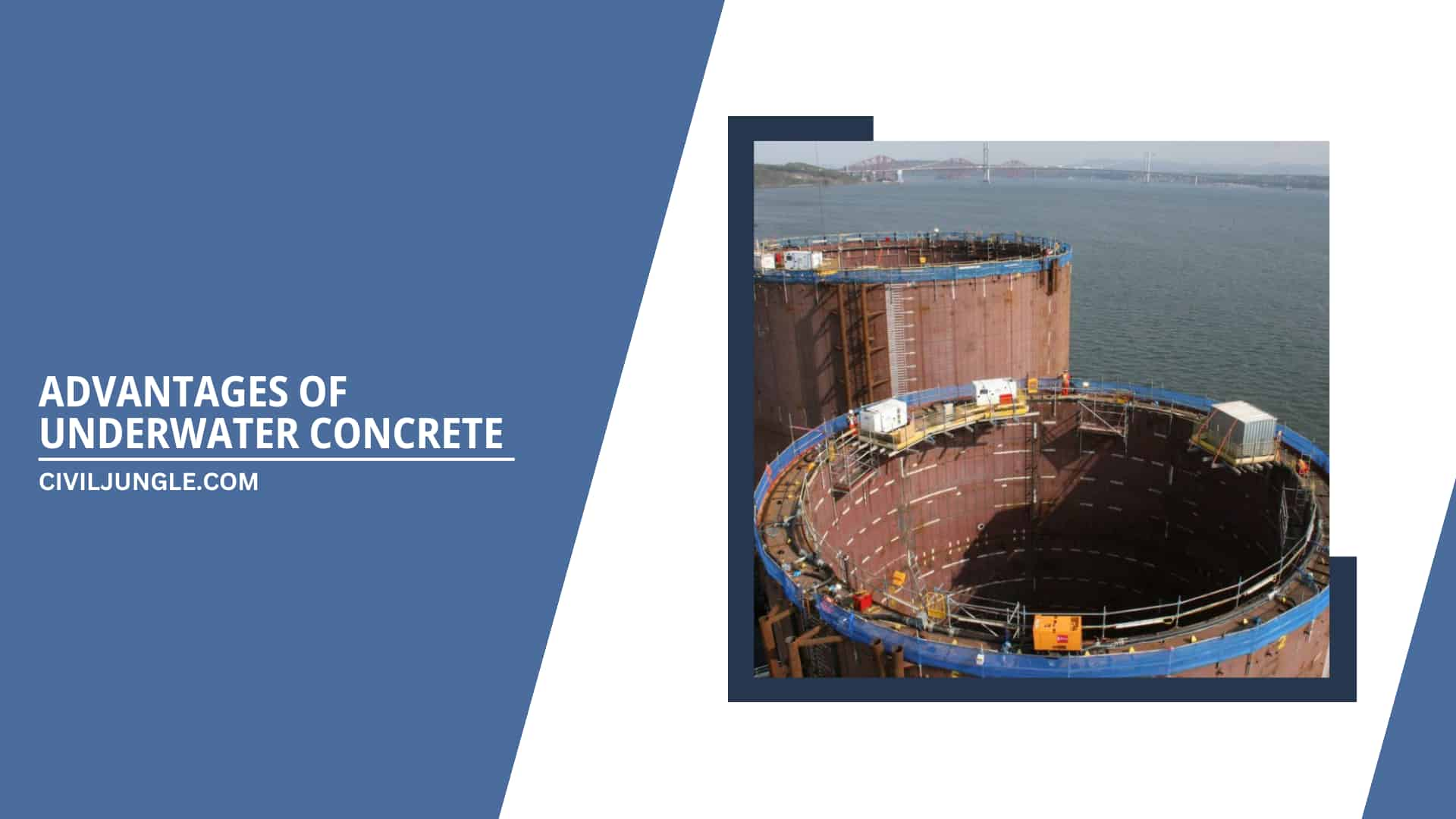
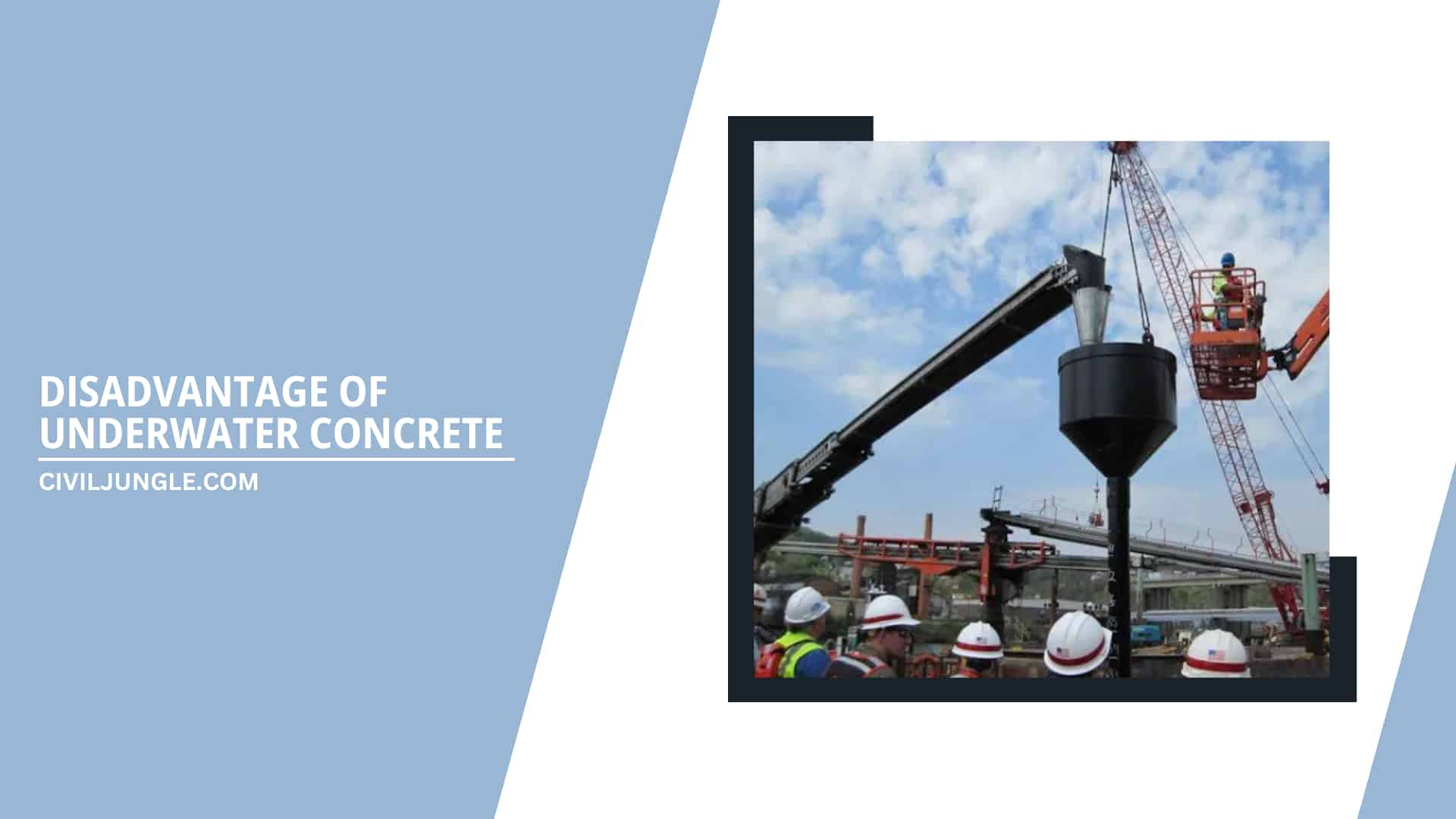
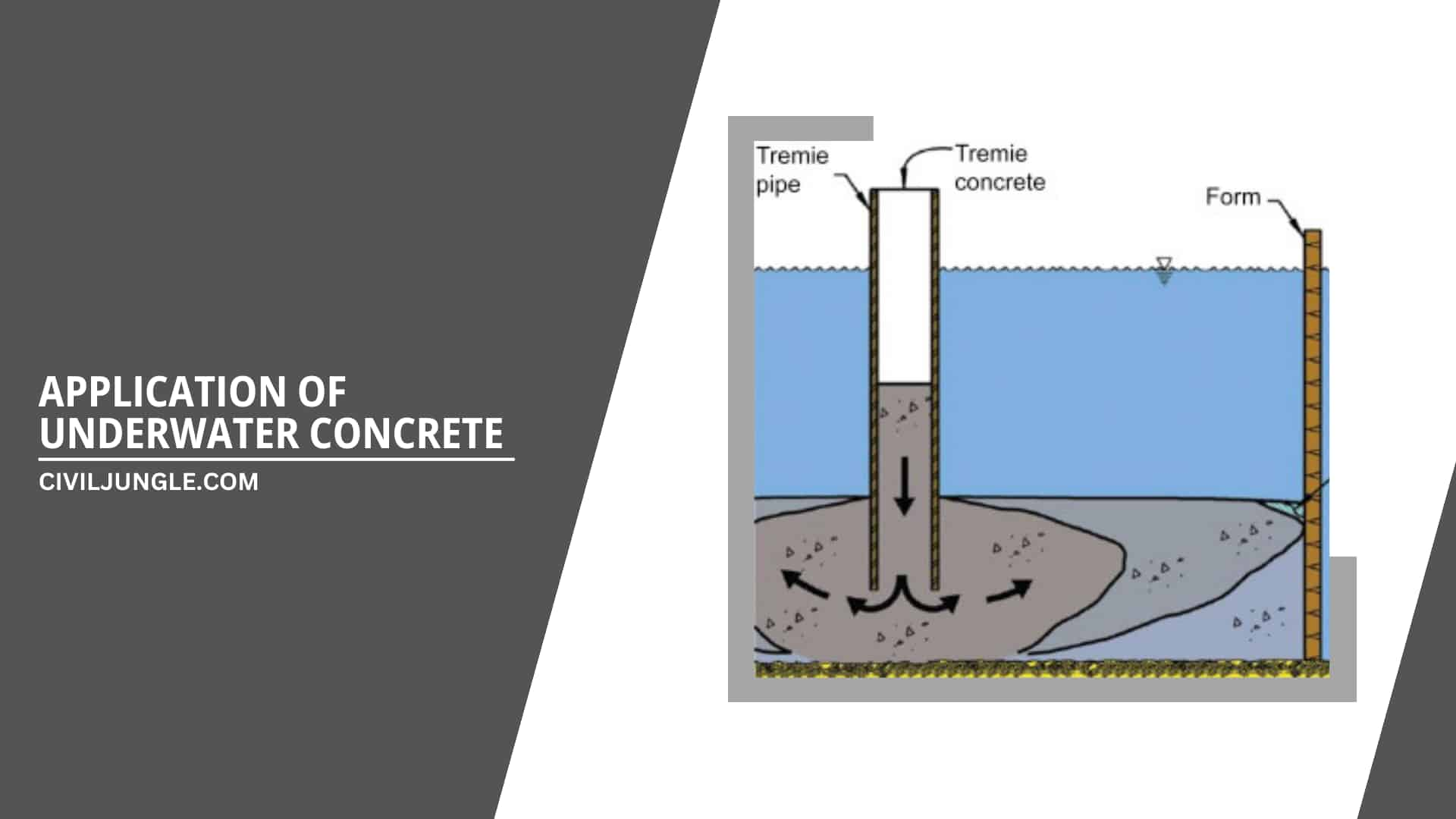
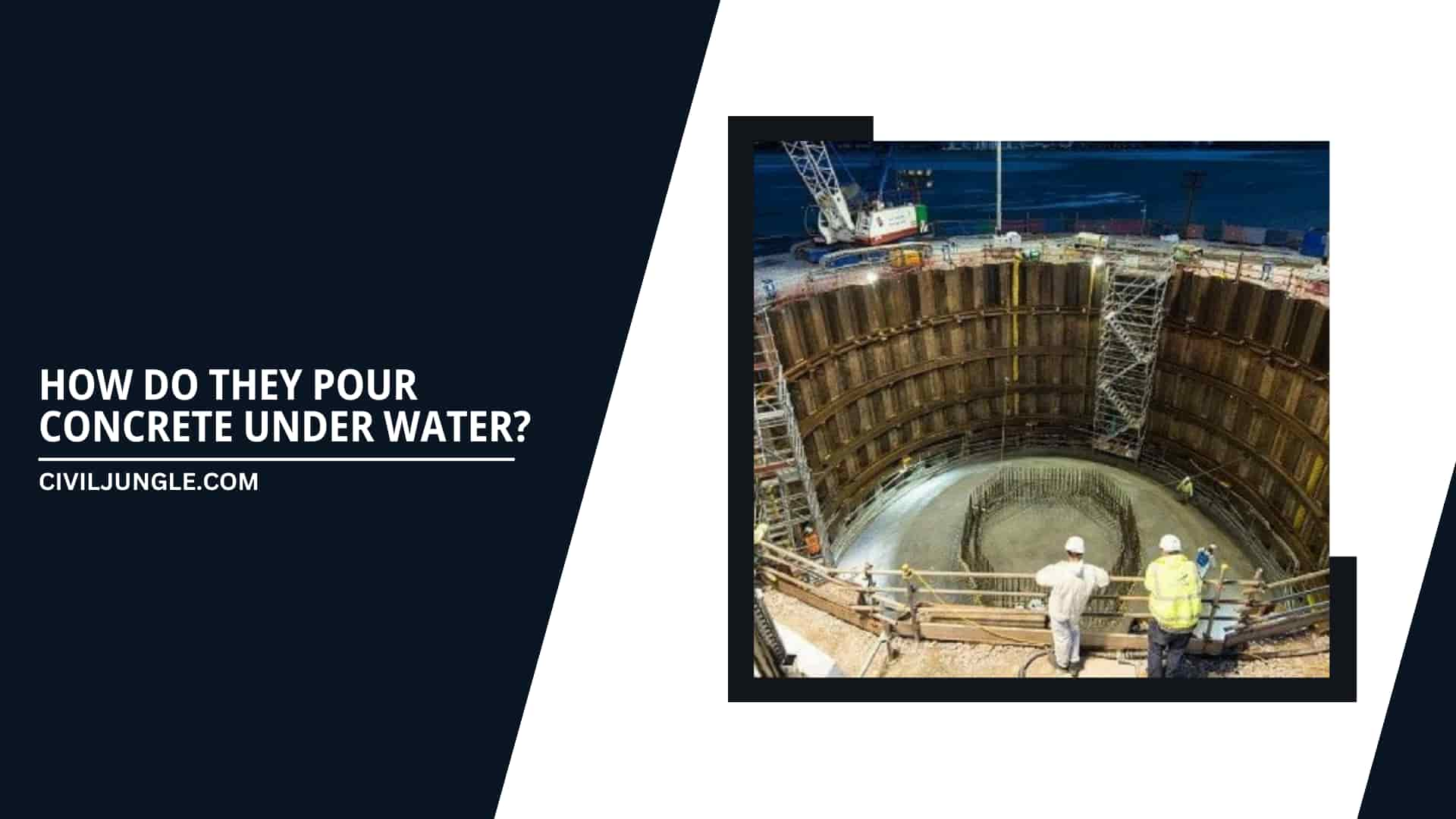

Leave a Reply